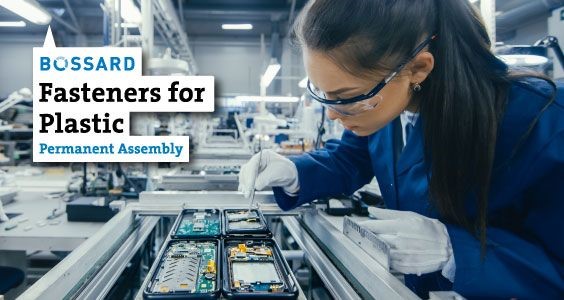7 tips to select your fastener finish
.jpg)
Many engineers will put great thought into selecting the proper type of fastener for their design but overlook the importance of finish. When selecting the best finish for your fasteners , it is wise to consider the following factors: 1. Safety The incorrect finish could contribute to a failure of the fastened joint 2. Corrosion protection What is the expected service life of the part and the service condition? 3. Resistance to handling damage How do nicks and scrapes from handling and wrenching affect the finish? 4. Criticality of the joint Will the assembly fail if the joint comes loose? What are the consequences of an assembly failure? 5. Functionality Will the finish prevent my fasteners from assembling due to thread or recess fill? 6. Availability Is the finish readily available? 7. Cost Is the finish cost effective for my assembly? There are many exotic coatings which have been developed for specific applications, and more are being added every day. This paper will not attempt to...




